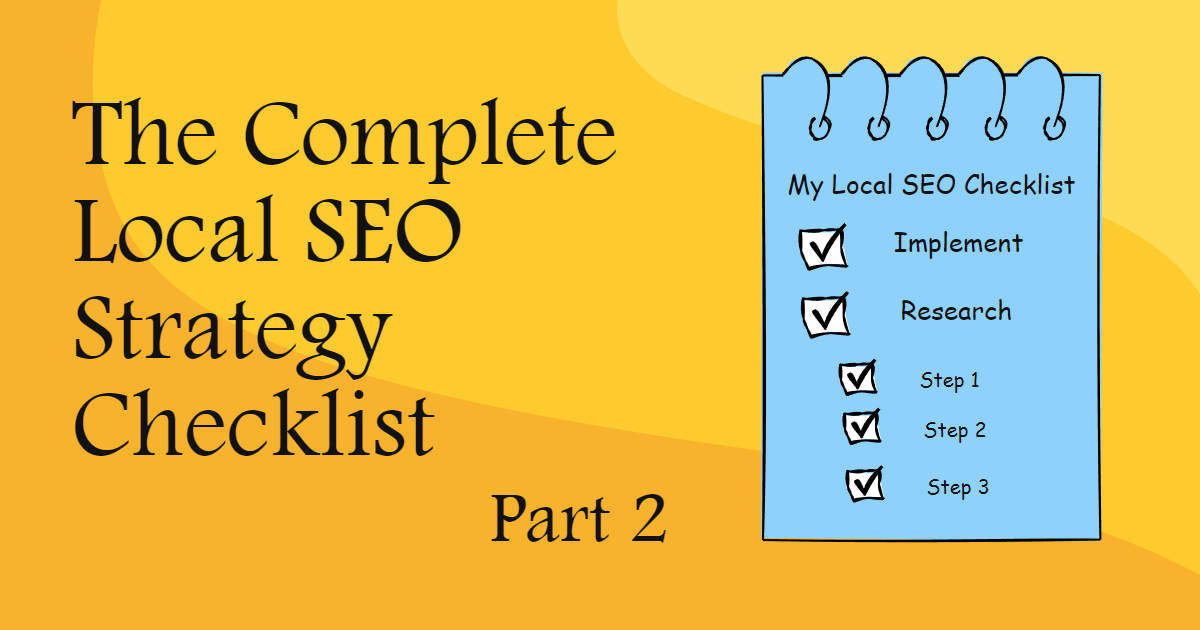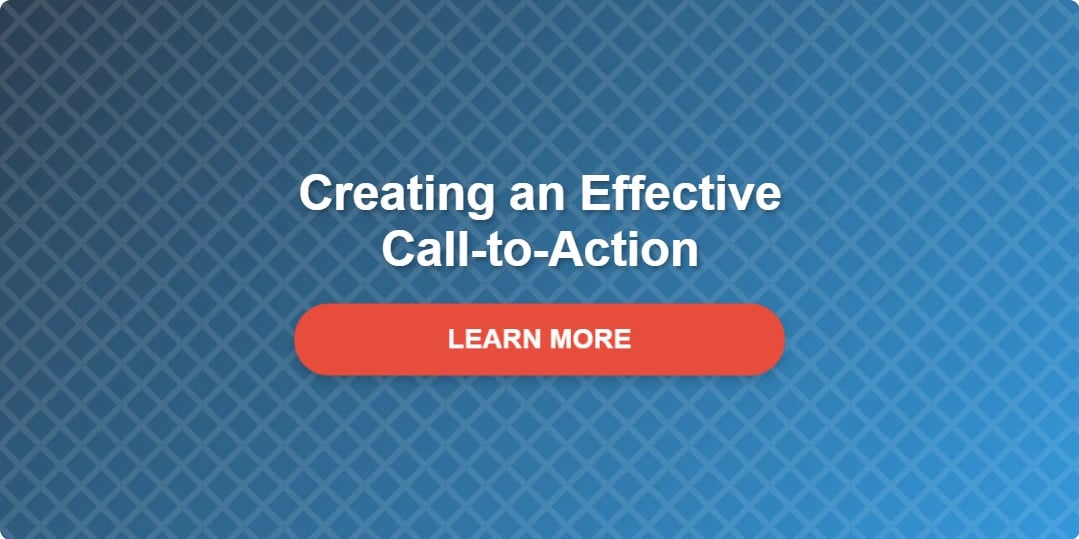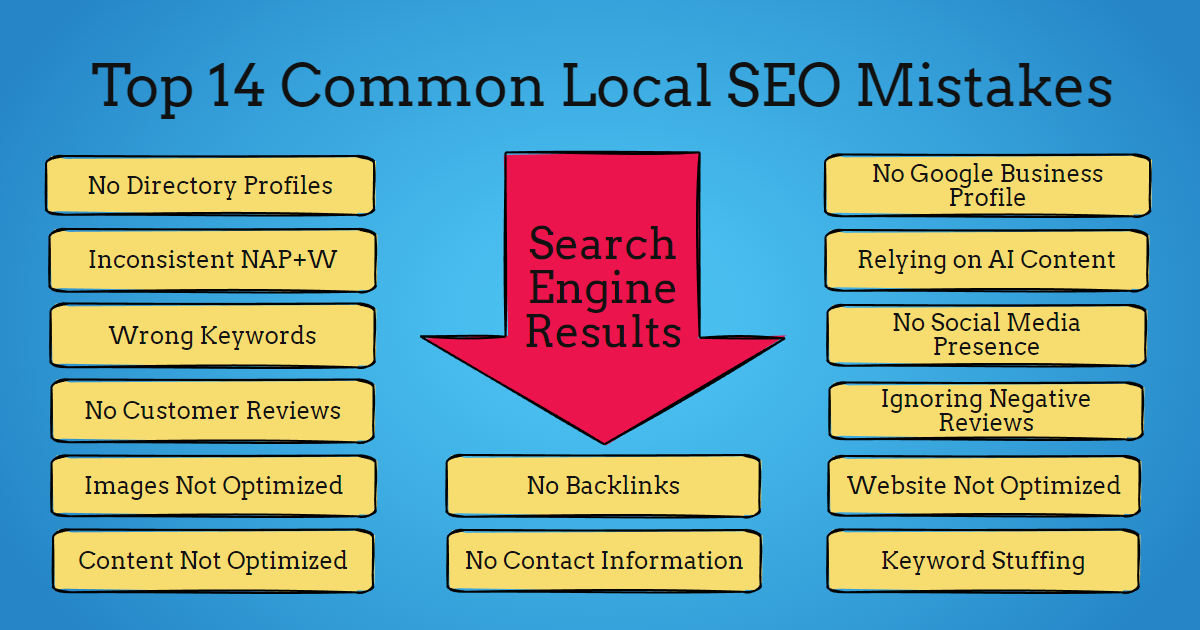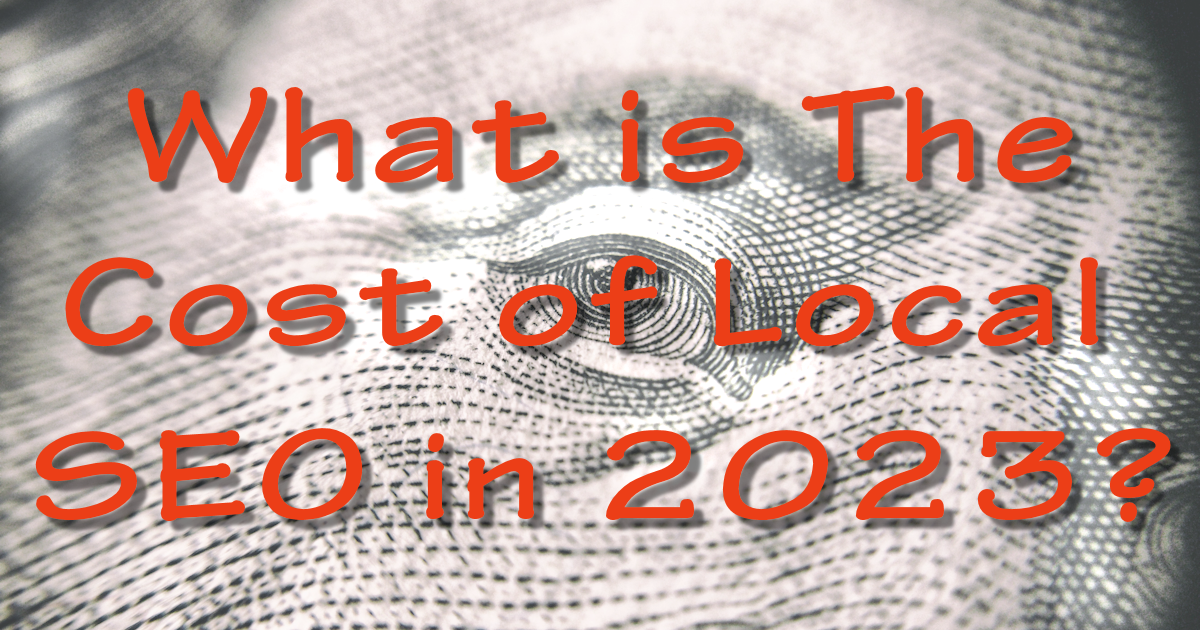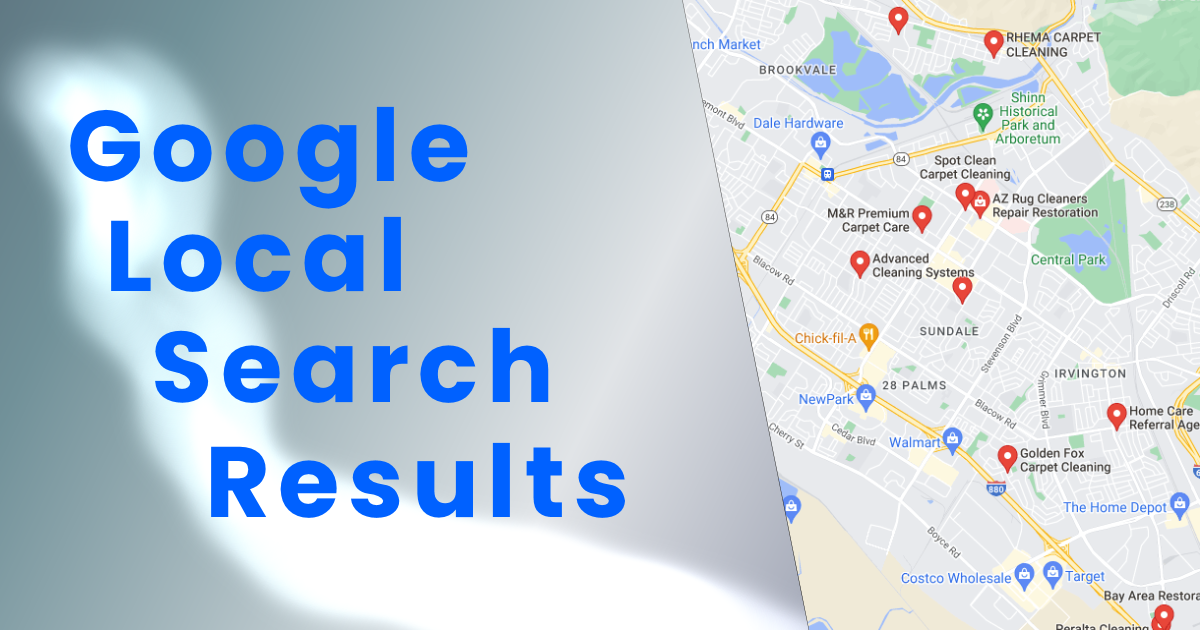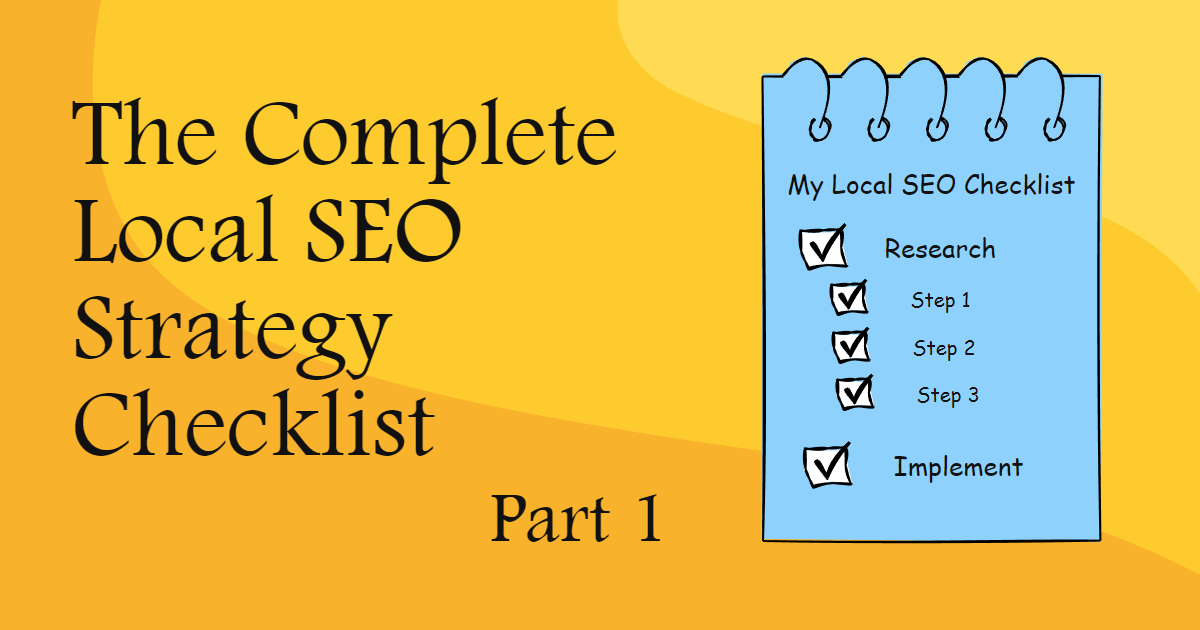This is the forth article in the series: “Unlock the Door to New Customers with Local SEO”
There are two major types of tasks that go into your local SEO strategy: research and implementation. In the previous article we talked about the the research you need to do to prepare for the tasks associated with the second part of your local SEO strategy checklist discussed in this article.
Implementation
Ok, now you are armed with the data you need to start implementing your local SEO strategy. It’s time to get busy. It will normally take an SEO specialist several weeks to complete the initial work required to implement your SEO strategy, then up to 3 months of ongoing work and adjustments before you see a positive result. For a beginner, it could take even longer. The sooner you get started, the sooner you will see results. Through the strategies we employ with our local SEO plans, some of our clients are seeing results in as little as one month.
A good local SEO strategy includes both Off-Page and On-Page optimization. Off-Page refers to everything that is not part of your website and may not always be in your direct control. On-Page primary means making changes your website and will require you to have access and the ability to create and edit pages. If you do not already have a website along with your custom domain name, we do recommend you get both as soon as possible. You have a lot of choices available and we can help.
1. Business Listings and Citations
You have now come to one of the most important steps in your local SEO strategy. Creating (or claiming) your business listings and making sure all your listings across the internet have exactly the same NAP+W information, also known as citations.
A local citation is a mention of your business name, address, phone number and website within a business listing and as it may appear on a website other than your own. Local citations help Google determine the relevance of your business to specific geographic areas. The link to your website also serves as a back link, which is a key component of organic search listings. The more local NAP+W citations you have, the better your chances of ranking higher in local search results.

Having consistent NAP+W in all your business listings in critical. Consistent listings build trust in your business. Having different values for name, address and phone number can cause confusion and diminish the value of your business in the eyes of Google.
You also need to consider the possibility of mentions of your business on other people’s websites. These need to be consistent as well. You may have to contact the owners to have the listings changed.
Be sure to strategically employ your geo-specific and service-specific keywords whenever possible. Consistency of keywords, your business descriptions and correct and consistent NAP+W all contribute to the relevancy of your website and will boost your search result rankings.
There are many listing services and tools available such as Yext, Brightlocal and SEMRush that can manage this process for you. We also provide this service included in our local SEO plans.
Be sure to claim your business profiles. Many local listing services will list your business without you even knowing it. You need to claim and optimize each and every one you can find. And then you need to find all the local listing services that do not list your business and add your profile. The more you have, the better you will organically rank. Just make sure not to overdo it.

Search for your business name. Any existing profiles should appear in the search results. Follow the links and claim your profile. Be sure to check more than just page 1.
You should also make sure there are no duplicate listings for your business on the same platform. A primary example would be another listing with a variation of your business name or one with a former address. It is even possible someone else may have created an additional listing you are not aware of.
By far the most important business profile you need to have is your Google Business Profile. Google sometime creates business listings from data obtained from publicly available sources. These listings will go unclaimed until you as the business owner take possession. It is important to do some due diligence and search for your business by name. This can be done with a Google Search or through Google Maps.
We will go into greater detail on how to build your Google Business Profile in a later article.
Do the same for TripAdvisor, Yelp, Angi, Bing Places, Apple Maps, and any other listing or review sites you can find. The processes are slightly different for each.
For a business with multiple locations, the requirement may be different with each listing site. In the case of Google Business Profile, you will have the opportunity to add locations to your business profile. You will want to optimize each location.
Don’t overlook your local Chamber of Commerce. Some may require an annual fee while others do not. Either way, this can be one of the most important listing for a local business.
2. On-Page Optimization
Your goal is to convert sales. Just because you have a website does not mean you are going to make sales.
Your website needs to be found by your customers and in order to be found, you must be in the top rankings. In order to get there, there is one and only one top client you want to attract. Most people will say “I am looking for people who will buy” or something like that. You are right, but also very wrong. The real answer is Google. If you do not structure your website the way Google and other search engines want, you will not get the top rankings, you will not get the clients and you will not make the sales you need to stay in business. It’s that simple.
On Page Optimization, also known as On-page SEO or On-site SEO, refers to the process of optimizing your website and webpages to improve your search engine rankings and earn organic traffic. Above all, your website content must be unique and relevant to the terms searched and show a high level of expertise, authority and trust.

There are many components to a website, both what the user sees and what they don’t see (all the back end code stuff). Each of these components work together to provide the best result. Your first step is to identify all the issues or problems identified in your site analysis report and correct each one, one at a time.
This topis is quite extensive. We will go into greater detail in a later article.
3. Content
The primary component of your website is your content. In today’s landscape it is not good enough to have a basic website: landing (or home) page, product or service page, contact page, etc. These minimal details are simply just not enough to create the relevance and authority to drive up your search results.

In today’s world, blogging is an essential part of your website content. Blogging allows you to bring in more traffic, build authority and promote brand awareness. Interesting and engaging keyword specific blog posts built around local interest and providing value to your customers, leads to more traffic which in turn leads to more customers.
You also need to keep the “Customer Experience” in mind when designing your website content. Google now factors in bounce rate, or how long a user stays on your website. A bounce occurs when someone lands on your website and then quickly leaves without interacting with anything. If this happens too often, Google will start to think your website content is misleading people or the content is not relevant to the audience you’re targeting. You need to keep your customers engaged and keep them on your site if possible.
Your blog posts need to center around solving a problem. As a professional in your industry you are providing a service to your customer and you should have a good idea what problems you can solve. Identify each problem, expand on them and show how you are the best to provide a solution.
One important rule is to be unique. Don’t take content from other websites, even your manufactures or distributors, unless you are providing attribution for the source or quote within your own content.
Google has but one goal: to provide users with the best possible results to satisfy their needs as quickly as possible. If Google determines that your content does not help the cause, they will selectively choose to downgrade your website in the search results.
Google is king and they know it. You need to make sure you follow the rules and make sure you avoid anything that Google could use to penalize your site and make your search results suffer. Workstream has a great article on the topic. You can also review the documentation at Google Search Central.
4. Link Building
Links are another critical aspect of SEO. Links, both internal (links within you site linking to other pages in your site) and external (inbound links to your site) or back links contribute to your search results. Google sees these links as additional authority and relevance. The higher the authority of the site linked to your site, the higher value Google places on the link.
A good way to build links is to join conversations in other local business blogs. Building relationships with other businesses is a great way to establish your website and attract links back to your blog. Look for any complimentary or related business blogs in your community. You probably want to avoid competitors blogs, but you could focus on where your competitor is already engaged. Participate by leaving thoughtful comments or mentioning (and linking) their posts on your blog.
We also recommend working with people you already know or work with. For instance, your suppliers or distributors. Contractors or other businesses you have worked with or are currently working with. Also, neighboring businesses. You can even try sponsoring events in your local area. You would get a nice link from the events website.
5. Reviews and Reputation Management

More and more, reviews are playing a critical part in the success of your SEO strategy. Positive reviews can be an incredibly useful tool for not only attracting new customers, but also for boosting your local search results.
Depending on who you talk to, the consensus is from 81% to 93% of consumers use reviews as part of their decision-making process when hiring a contractor or service business. Besides the huge psychological impact of seeing 4 or 5 stars on a business listing, the amount of reviews promotes a huge impact on the perceived level of trust and respectability for a business. Business profiles with 5 or more reviews have been shown to get twice as many customers than competitors who have less.
Reviews give the consumer a better idea of the effectiveness, quality of work and customer experience they can expect from a business. Both good and bad reviews. No matter how good of service you provide, you are bound to get a negative review. And it does not even have to come from a customer. Disgruntled employees have proven to be high source of negative reviews.
Before asking for any reviews on a given platform, you should check their guidelines and terms or service. For instance, Google does not permit you to offer incentives in exchange for reviews and Yelp forbids businesses to request customer reviews in any way.
There are plenty of reputation management and citation building companies to choose from. This is also a service we provide with our local SEO packages.
Conclusion
Once upon a time when it came to websites, you build them and they will come. This is far from true in today’s world. The mantra now is, you build them now you got to get them to come.
Your business needs to be easy to find by your customers. You do this by achieving the highest rank possible in the search results. This checklist has outlined the steps you need to take in order to achieve the best search results possible.
You must not only create and implement your local SEO strategy, but you need to constantly refine your strategy, be creative and stay one step ahead of your competition in order to succeed in today’s economy.

